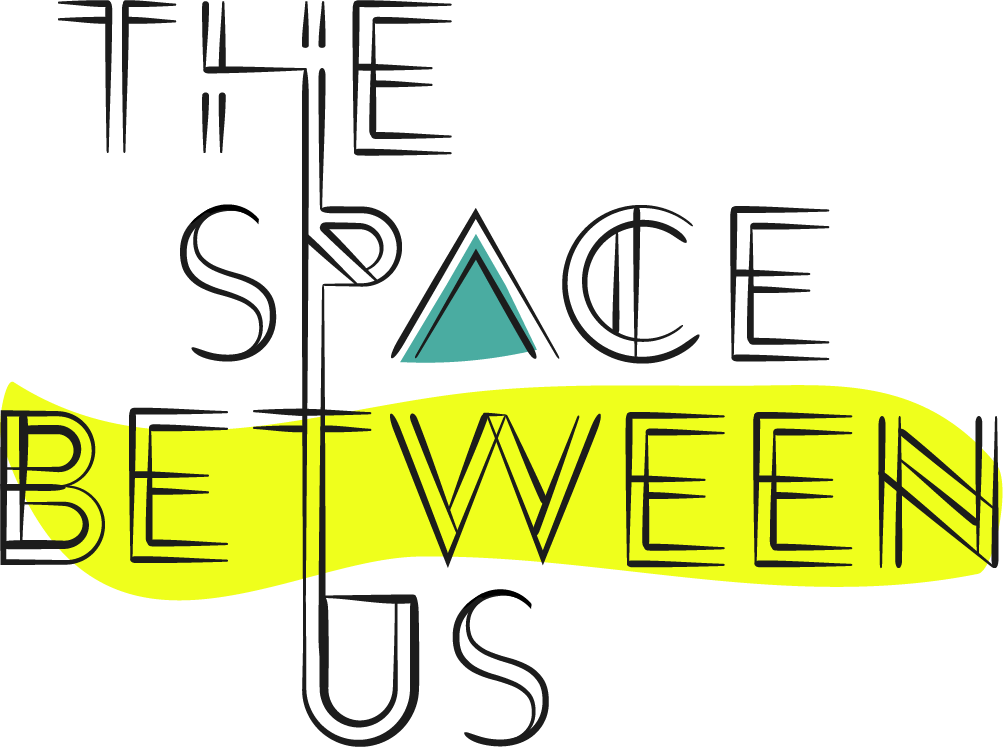Post #78
The Aquinas Center Mural
One of the concepts that caught my attention over the course was the idea of reclaiming Urban Space through public art. I felt that this concept was best discussed when looking at how one could disrupt Toronto’s Urban Space, as disused in Julie Nagam’s article of the same name, Disrupting Toronto’s Urban Space through the Creative (In)tervention of Robert Houle.
Within the article, Nagam connects the geopolitics of place to urban space through the people that live and reside within the city dynamic (Nagam, 192). It’s argued that the migratory nature of the City of Toronto, especially the re-migration of Indigenous peoples, offers experiences into their ways of living and that the land and city itself hold memories (Nagam, 192). Furthermore, within her article, Nagam discusses the concept of land concerning the better grasping of Indigenous stories and Indigenous peoples’ relationship to the land (Nagam, 195). It’s these concepts that I would like to examine further through the lens of community mural making.
While I was skimming, the internet looking for inspiration the mural along the Aquinas Center courtyard caught my eye. The mural was painted as part of the internationally recognized Mural Arts Program, a nonprofit grass-roots group that encourages neighbours to co-creating murals that are designed to reclaim the streetscape (Welch, 81). The Aquinas Center mural is accredited to supervising artist Betsy Casañas and 160 individuals who painted the mural for four hours following months of collaborative community meetings (Welch, 83).
The theme of the mural was “Build unity in diversity,” and this was achieved through the amalgamation of different samples of folklore from each of the participants including symbolic representations from Indonesia, Vietnam, Kenya, Guatemala, Mexico and Italy (Welch, 83).
The Aquinas Center Mural
It was the intention of this project to help bring the community of this former warehouse district together through the idea of shared voices and stories. It was an attempt for the populace to reclaim their streets and area from a place with high crime rates that tourists were warned away from to a place of welcoming difference and diversity (Welch, 85). The result was almost instantaneous after the mural went, and residents began to take pride in their homes. Litter diminished and graffiti became almost nonexistent on the wall that was once a prime target for tagging (Welch, 86).
The Aquinas Center mural was a perfect example of how community-based art, when produced with a unified voice can help reshape narratives and reclaim urban space. Allowing for both communities and people to come together as one unified voice.
Works Cited
Nagam, Julie. “Disrupting Toronto’s Urban Space through the Creative (In)terventions of Robert Houle.” In Εικόνα Visual Studies Vol 1, Mexico City: SIMO Cultura, 2018.
Welch, Bethany J. “Beautiful Walls: Reclaiming Urban Space through Mural Making.” Voice from the Field, Urban Journal, https://urbanedjournal.gse.upenn.edu/archive/volume-13-issue-1-spring-2016/beautiful-walls-reclaiming-urban-space-through-mural-making.
—
Amanda Laverdure

